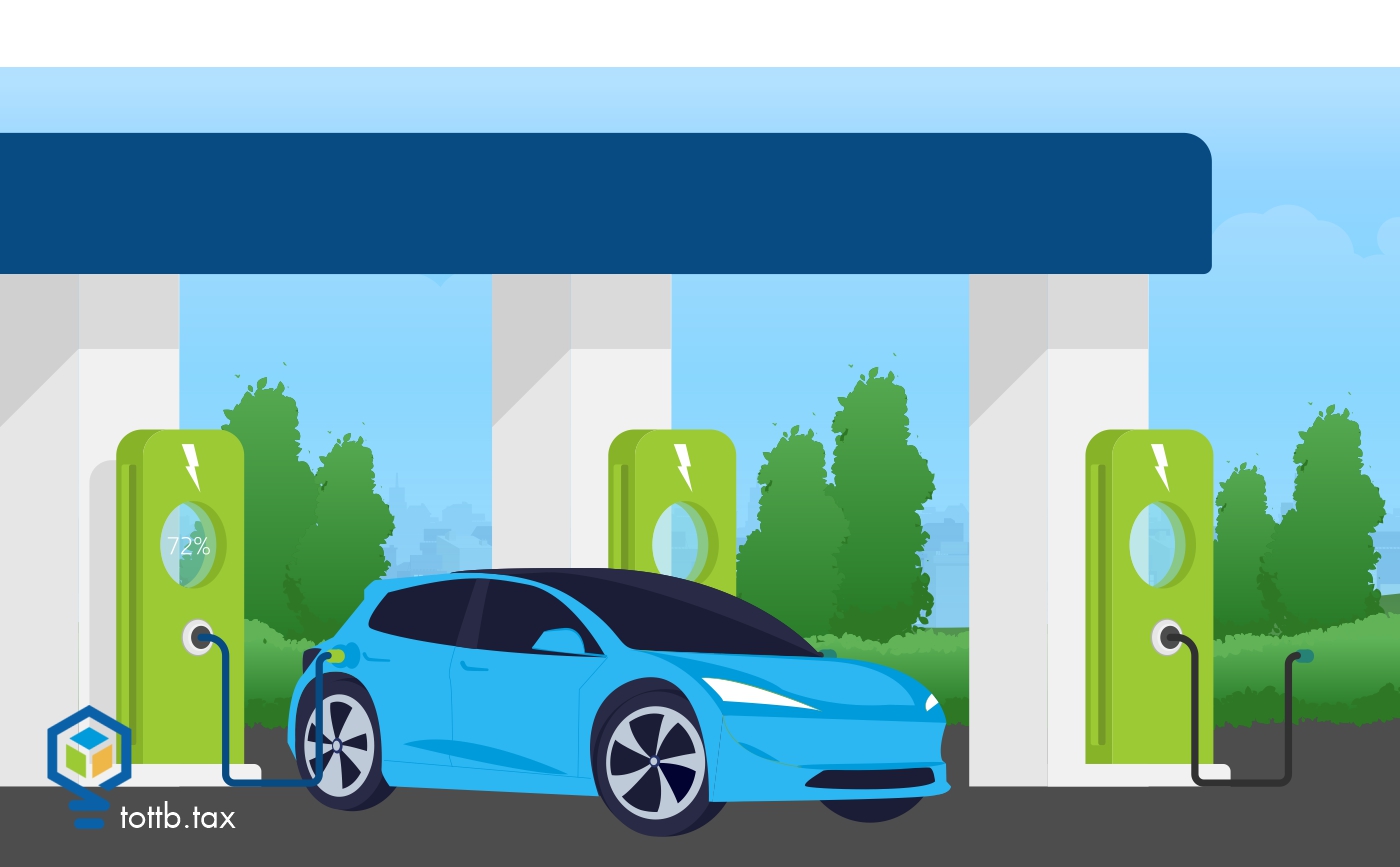Thanks to the Inflation Reduction Act of 2022, the federal government is giving out tens of billions of dollars in tax credits to incentivize taxpayers to purchase electric vehicles. As with any government program, claiming the benefits can be complicated. Since Congress used tax credits to deliver the program, and the personal tax credits are income-limited, tax planning can help a taxpayer who would otherwise not qualify for these benefits. This article will briefly overview the two personal electric vehicle tax credits, followed by several tax planning strategies to unlock these credits for taxpayers who may not otherwise qualify.

Summertime Marketing in Your Tax & Accounting Firm
Tax season is prosperous, summer is dry until extension season. Do you find yourself in that cycle? Clients are “easy” to get during tax season when taxes are top of mind. Then the direct deposits go dry by June, and you are looking for what’s next. Stop the search, you don’t have to add another service. You need better marketing to highlight the service that you offer and specialize in. This will allow you to have a predictable client pipeline. You can do tax preparation, planning, and or representation all year long.






